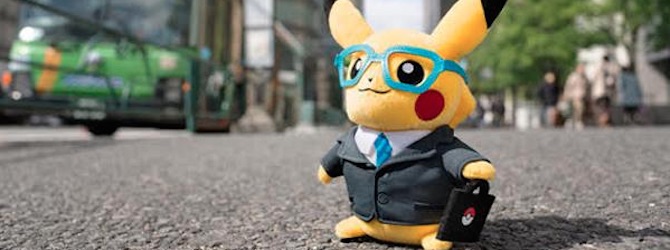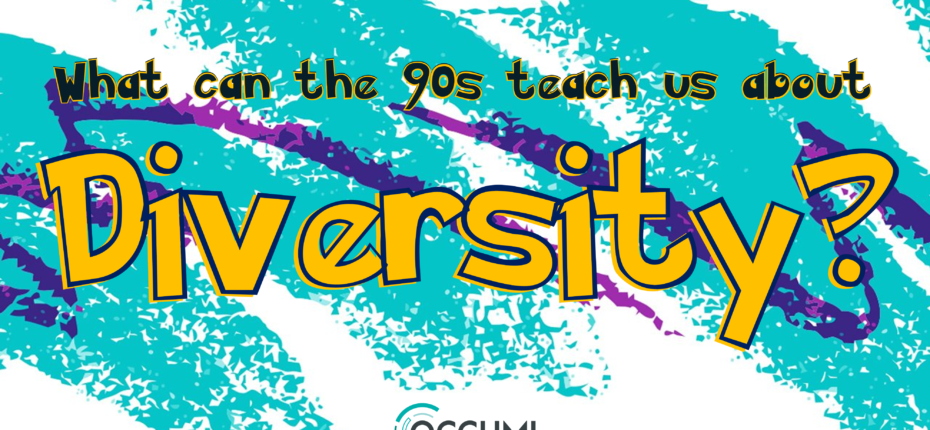When I was younger, I loved Pokémon…
You know… the most successful cartoon/ video-game/ trading-card game of all-time. In particular, I was a fan of the TV show. So in this show, Ash and Pikachu traveled around with their friends Brock and Misty, having Pokémon battles whilst trying to become the Pokémon master.

(Pokémon characters, from Left: Misty, Ash and Brock)
(Don’t worry, I promise this article is not just a place for me to relive my childhood)…
As I mentioned, I loved Pokémon. When I was in reception (5 years old-ish) I always wore a Pokémon baseball cap so that I could be like Ash. However, as a Caribbean-white mixed race child with a messy afro, I quickly realised that I would never be able to have Ash’s trademark spikey hair.
No problem right? I could just be Brock when I was playing Pokémon with my friends at lunchtime. True, he did have darker skin like me… But the truth is his character wasn’t very cool and he wasn’t the main character of the story so I didn’t want to pretend to be him.
I saw Ash as a role model. A role model is an individual who provides an example the success that someone may achieve, and often also provide a template of the behaviours that are needed to achieve such success (Lockwood, 2006).
As a 5-year old, I wanted to be a Pokémon master, and Ash was the perfect example of that. However, he was someone who I could never fully relate to. At this young age I felt like as I didn’t look like him, I couldn’t ever be like him.
Of course, I was 5-years old, and unfortunately, Pokémon didn’t actually exist. However, these same effects are taking place in adults in the real world right now.
This is where a 1990’s cartoon, meets real life diversity issues in 2018…

In the workplace most of us aspire to move up the company ladder, to someday be in a senior position so that we can make positive changes in the workplace. In order to improve our chances of doing this, we may look for a role model from the existing senior member team someone who we can look at and think ‘if that person did it, then why can’t I?’.
This similarity role-model effect has been shown time and time again in psychological studies. Bandura’s (1977, 1986) classic study into social learning theory showed that children were more likely to imitate those who looked similar to them. This same effect has been replicated a number of times. Karunanayake and Nauta (2011), found that individuals tend to have role models whose race is the same as their own. Importantly, this study found the effect in role models outside the individual’s family (e.g. career role models), emphasising the importance of relatable role models in the workplace.
According to research from the Guardian and Black Votes (2017) Black and Asian minority ethnicity (BAME) individuals only occupy 3.6% of the top 1,049 positions in the UK, with only 0.7% being BAME women. As it stands the current percentage of BAME individuals in the UK is approximately 13%.
These figures mean that the BAME population have a proportionately lower number of these potential role models. Which may explain why this has been such a longstanding problem. BAME employees are stuck in a negative feedback loop – where a lack of role models in senior roles reduces the chances of new role models being inspired to join and progress in an industry to become the new role models.
This is clearly a big problem…
But how can businesses increase the diversity of their senior role models?

In my opinion, it starts with employing a diverse range of young talent by reducing the existing biases in employment. Many industries rely on an intake of graduates, and junior employees to fuel their workforce. These young people often go on to become senior members of staff in the years to come. Therefore, it is essential that the correct recruitment practices are in place to reduce bias in the recruitment of these individuals.
Many current recruitment processes put too much emphasis on what university an applicant went to, or whether they have any work experience with an industry leader. Focusing on factors like these will only encourage a similar type of employee and enforce biases against those who may be more suitable for the role, but did not attend a top university, or could not afford to do unpaid work experience.
Hiring young talent based on their skillset regardless of their background increases the chances of companies hiring talent with the appropriate skills for the role – resulting in more successful employees. Overtime this is more likely to result in more diverse senior teams, allowing for more real role models for minority groups to aspire to.
Occumi is a tool that helps companies to hire based on skills. We use our unique algorithm to identify an applicant’s skillset, meaning applicants that have the skills required for the role are highlighted at an early stage. Get in touch to learn more.
Diversity starts by recruiting the best young talent.
Josh
P.S. Gotta Catch ‘em all.

References
Bandura, A. (1986). Social foundations of thought and action: A social cognitive theory. Prentice-Hall, Inc.
Bandura, A. (1977). Social learning theory. Englewood Cliffs, NJ: Prentice Hall.
Karunanayake, D. and Nauta, M. M. (2004), The Relationship Between Race and Students’ Identified Career Role Models and Perceived Role Model Influence. The Career Development Quarterly, 52: 225-234. doi:10.1002/j.2161-0045.2004.tb00644.x
Psychology of Women Quarterly, 30 (2006), 36–46. Blackwell Publishing, Inc. Printed in the USA. Copyright C 2006 Division 35, American Psychological Association. 0361-6843/06
Revealed: Britain’s Most Powerful Elite Is 97% White
Pamela Duncan-Josh Holder – https://www.theguardian.com/inequality/2017/sep/24/revealed-britains-most-powerful-elite-is-97-white

